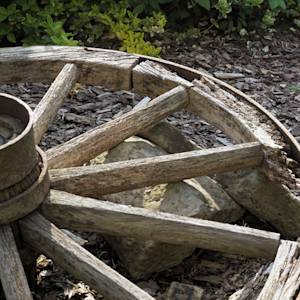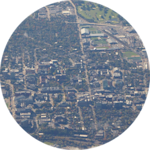Ardi — Oldest skeleton of human ancestor
4.4 million BCE • Awash River
Scientists "announced the discovery of the oldest fossil skeleton of a human ancestor . . . The centerpiece of a treasure trove of new fossils, the skeleton—assigned to a species called Ardipithecus ramidus—belonged to a small-brained, 110-pound (50-kilogram) female nicknamed "Ardi." The fossil puts to rest the notion, popular since Darwin's time, that a chimpanzee-like missing link—resembling something between humans and today's apes—would eventually be found at the root of the human family tree. Indeed, the new evidence suggests that the study of chimpanzee anatomy and behavior—long used to infer the nature of the earliest human ancestors—is largely irrelevant to understanding our beginnings. Ardi instead shows an unexpected mix of advanced characteristics and of primitive traits seen in much older apes that were unlike chimps or gorillas. As such, the skeleton offers a window on what the last common ancestor of humans and living apes might have been like . . . Radiometric dating of two layers of volcanic ash that tightly sandwiched the fossil deposits revealed that Ardi lived 4.4 million years ago."
Jamie Shreeve, "Oldest Skeleton of Human Ancestor Found," National Geographic, October 1, 2009.
Image: Wikimedia Commons


Learn about Maya Lin’s fifth and final memorial: a multi-platform science based artwork that presents an ecological history of our world - past, present, and future.

Discover ecological histories and stories of former abundance, loss, and recovery on the map of memory.

Learn how we can reduce our emissions and protect and restore species and habitats – around the world.

See how art can help us rethink the problems we face, and give us hope that each one of us can make a difference.

Help make a global memorial something personal and close to home. Share your stories of the natural world.


